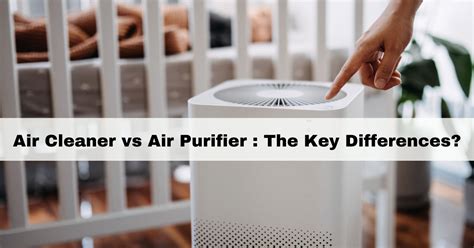Introduction
With rapidly deteriorating air quality, air purifiers have become indispensable household appliances. However, with a plethora of options in the market, selecting the best one can be overwhelming. This comprehensive guide pits air purifiers against 2025 air quality standards to help you make an informed decision.

Section 1: Performance Evaluation
Air Quality Standards
According to the World Health Organization (WHO), in 2021, 99% of the world’s population breathed polluted air. By 2025, it is estimated that over 3 billion people will be exposed to unhealthy levels of air pollution.
Air Purifier Performance
Air purifiers are designed to remove harmful contaminants from the air, including:
- Particulate matter (PM)
- Volatile organic compounds (VOCs)
- Odors
- Allergens
The performance of an air purifier is primarily measured by its Clean Air Delivery Rate (CADR). CADR indicates the volume of air that the purifier can effectively clean in one minute.
Section 2: Technology Comparison
HEPA Filters vs Ionizers
HEPA (High-Efficiency Particulate Air) filters are the gold standard for air purification. They trap particles as small as 0.3 microns with an efficiency of 99.97%.
Ionizers, on the other hand, produce negatively charged ions that attach to airborne particles, making them heavier and easier to collect. While ionizers can help remove some particles, they are not as effective as HEPA filters in removing ultrafine particles.
Activated Carbon vs UV Lamps
Activated carbon filters absorb VOCs, odors, and chemicals from the air, while UV lamps kill bacteria and viruses.
UV lamps are effective in disinfecting the air, but they can produce ozone, which is a harmful air pollutant. Activated carbon filters do not release ozone, making them a safer option for indoor environments.
Section 3: Features and Benefits
Smart Features
Modern air purifiers come equipped with smart features that enhance their functionality and convenience. These features may include:
- Remote control
- Air quality monitoring
- Automatic adjustments based on air quality
- Wi-Fi connectivity
Health Benefits
Air purifiers provide numerous health benefits, including:
- Reduced respiratory problems
- Improved sleep quality
- Reduced allergy symptoms
- Enhanced immune function
Section 4: Selection Guide
Step 1: Determine Your Needs
Consider your allergies, health conditions, and the size of the room you want to purify.
Step 2: Look for High CADR
Select an air purifier with a CADR that is appropriate for the size of your room.
Step 3: Choose Your Technology
Consider the type of contaminants you want to remove. HEPA filters are best for removing particulate matter, while activated carbon filters are best for removing VOCs.
Step 4: Consider Smart Features
If convenience and ease of use are important to you, look for air purifiers with smart features.
Section 5: Future Trends and Innovations
Air Purifiers for Specific Environments
Air purifiers are evolving to meet the specific needs of different environments. For example, car air purifiers are designed to remove pollutants from vehicle interiors, while hospital-grade air purifiers are designed to eliminate airborne pathogens.
AI-Powered Air Purification
Artificial intelligence (AI) is being integrated into air purifiers to optimize performance. AI-powered air purifiers can automatically adjust fan speed, filter settings, and even predict indoor air quality based on real-time data.
Frequently Asked Questions (FAQs)
1. Are air purifiers worth it?
Yes, air purifiers can effectively remove harmful contaminants from the air, leading to improved indoor air quality and health benefits.
2. How often should I replace the filters in my air purifier?
Filter replacement frequency depends on usage and air quality. Check the manufacturer’s guidelines for specific recommendations.
3. Can air purifiers remove viruses?
Some air purifiers with HEPA filters can remove viruses from the air. However, it is important to note that they cannot guarantee complete virus elimination.
Tips and Tricks
- Place your air purifier in a central location for optimal air circulation.
- Run your air purifier continuously for 24 hours to maintain clean air quality.
- Clean the outer surface of your air purifier regularly to prevent dust buildup.
- Monitor your air quality using the built-in sensors or a separate air quality monitor.
Conclusion
Choosing an air purifier that meets your needs and 2025 air quality standards is crucial for maintaining healthy indoor air quality. By considering the performance, technology, features, and benefits of air purifiers, you can make an informed decision that will protect your health and well-being.





















